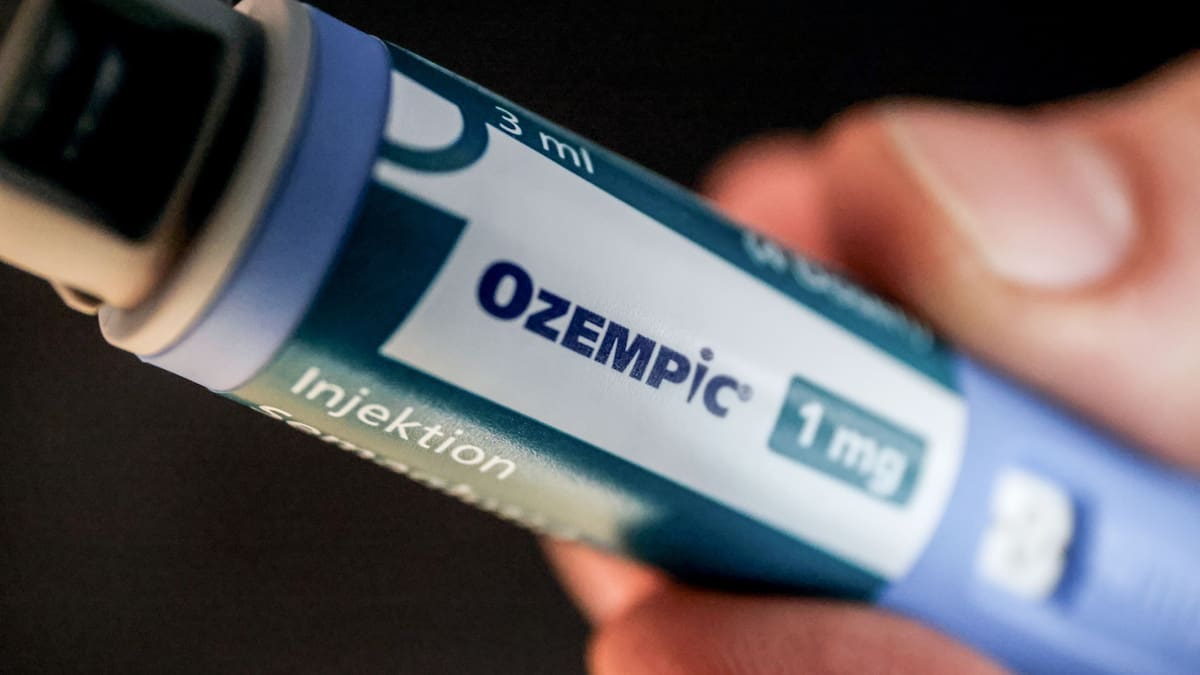Ohio Health System's AI Sepsis Prediction Trial: Lessons Learned in a Community Setting

Sepsis is a silent killer. It's a condition that arises when the body’s response to an infection spirals out of control, potentially leading to organ damage and death. Early detection and intervention are absolutely critical, but identifying sepsis can be incredibly difficult. Symptoms can be vague and mimic other illnesses, making a timely diagnosis a significant challenge for clinicians, even the most experienced.
Enter Sepsis Watch, an AI tool developed to assist healthcare professionals in identifying patients at high risk of developing sepsis. Summa Health, a regional healthcare system based in Akron, Ohio, decided to pilot this technology in their community hospital setting. Their goal? To see if AI could improve sepsis detection rates and ultimately, save lives.
The Implementation Journey: Not Always Smooth Sailing
The implementation of Sepsis Watch wasn't a straightforward process. Summa Health’s experience underscored a crucial reality: integrating AI into existing clinical workflows is complex and requires careful planning and execution. Several key challenges emerged:
- Data Integration: The AI model relies on accurate and comprehensive patient data. Ensuring seamless integration with the hospital’s existing electronic health record (EHR) system proved to be a significant hurdle. Data quality issues and inconsistencies hampered the AI’s ability to learn and make accurate predictions.
- Alert Fatigue: AI models can sometimes generate a high volume of alerts, many of which turn out to be false positives. This can lead to alert fatigue among clinicians, who become desensitized to the warnings and may start to ignore them, defeating the purpose of the tool. Summa Health had to fine-tune the AI’s algorithms to reduce the number of false positives.
- Clinician Buy-in: Gaining the trust and acceptance of clinicians is paramount. Some doctors were initially skeptical of the AI’s recommendations, preferring to rely on their own clinical judgment. Effective training and ongoing communication were essential to address these concerns and demonstrate the value of the tool.
Lessons Learned and Future Directions
Despite the challenges, Summa Health’s pilot program yielded valuable lessons that are applicable to healthcare systems across New Zealand and beyond. Here are some key takeaways:
- Data Quality is King: Investing in data quality initiatives is essential for the success of any AI implementation. Clean, accurate, and complete data is the foundation upon which reliable AI models are built.
- Human-AI Collaboration: AI should be seen as a tool to *augment* human intelligence, not replace it. Clinicians should always retain ultimate decision-making authority, using AI’s insights to inform their judgment.
- Iterative Approach: AI implementation should be an iterative process, with ongoing monitoring, evaluation, and refinement. Algorithms need to be continuously updated and adapted to reflect changes in clinical practice and patient populations.
- Focus on Workflow Integration: AI tools should be seamlessly integrated into existing clinical workflows to minimize disruption and maximize adoption.
The experience at Summa Health highlights the potential of AI to improve sepsis detection and patient outcomes. While challenges exist, the lessons learned provide a roadmap for other healthcare systems looking to harness the power of AI to improve patient care. As New Zealand’s healthcare system navigates the evolving landscape of digital health, understanding these practical considerations will be crucial for successful AI adoption and ultimately, better patient outcomes.






